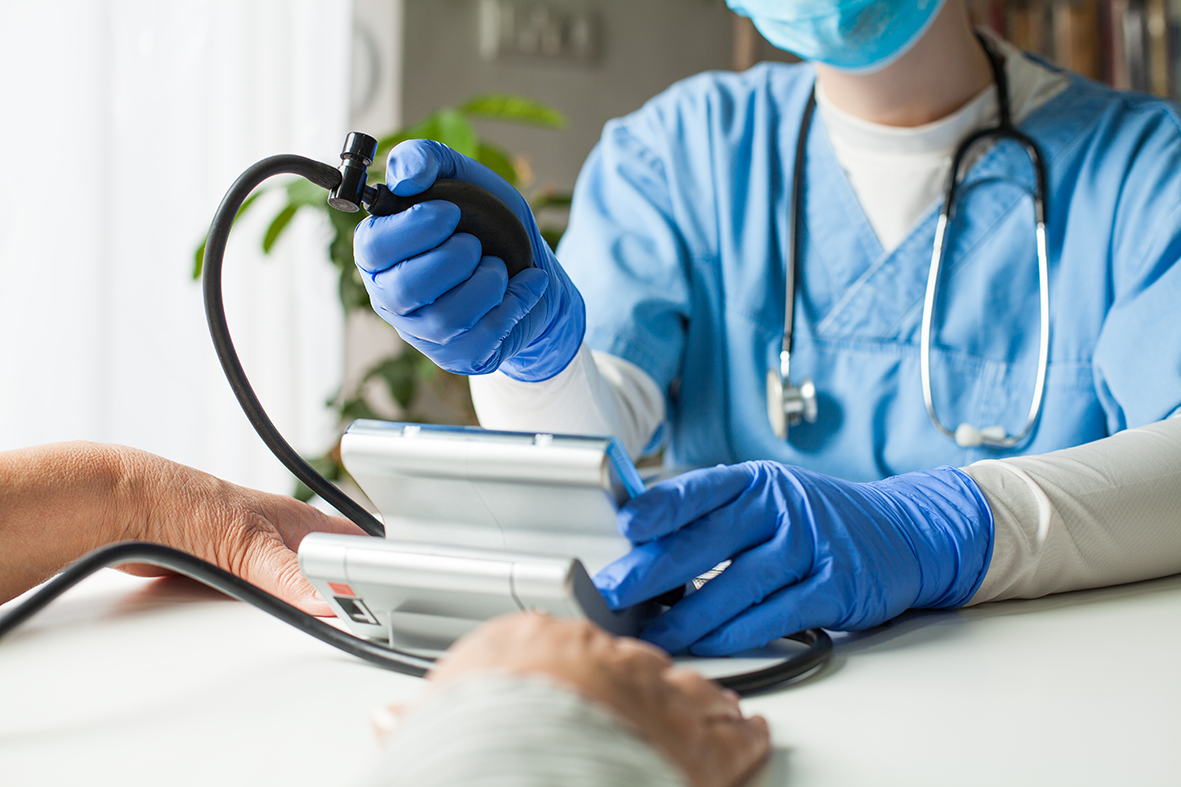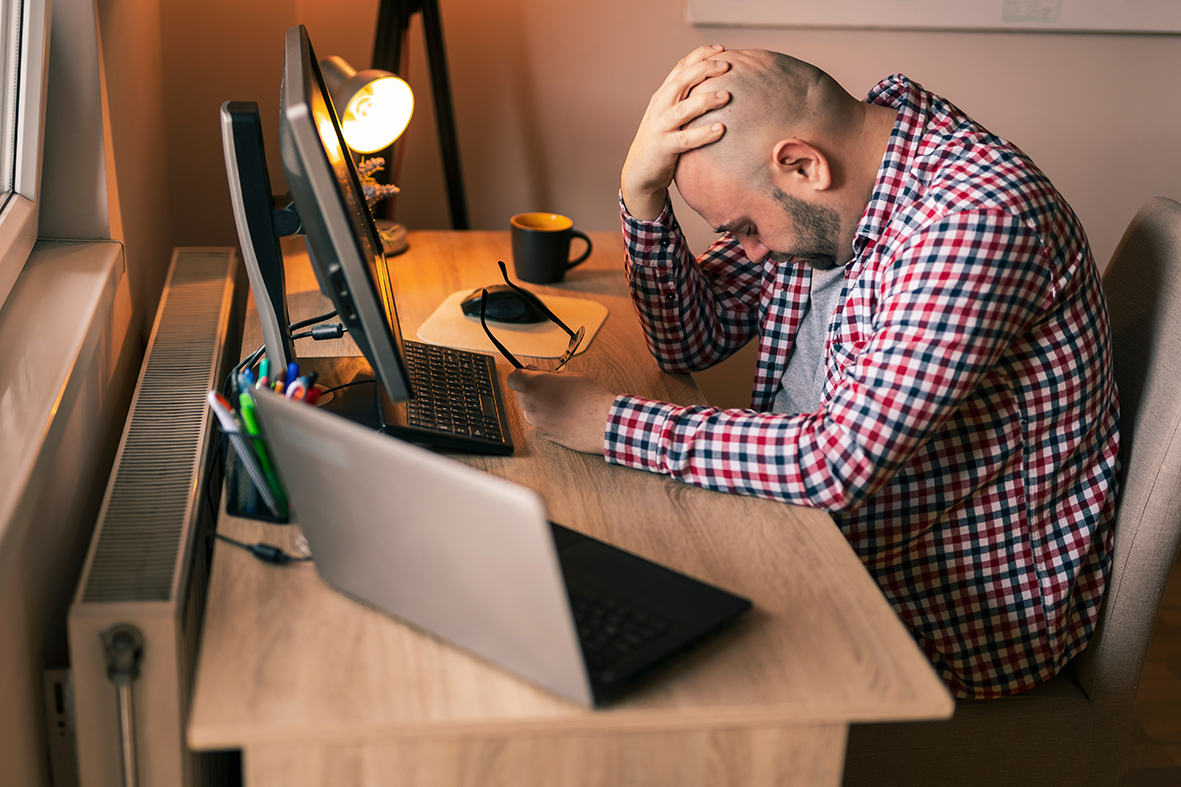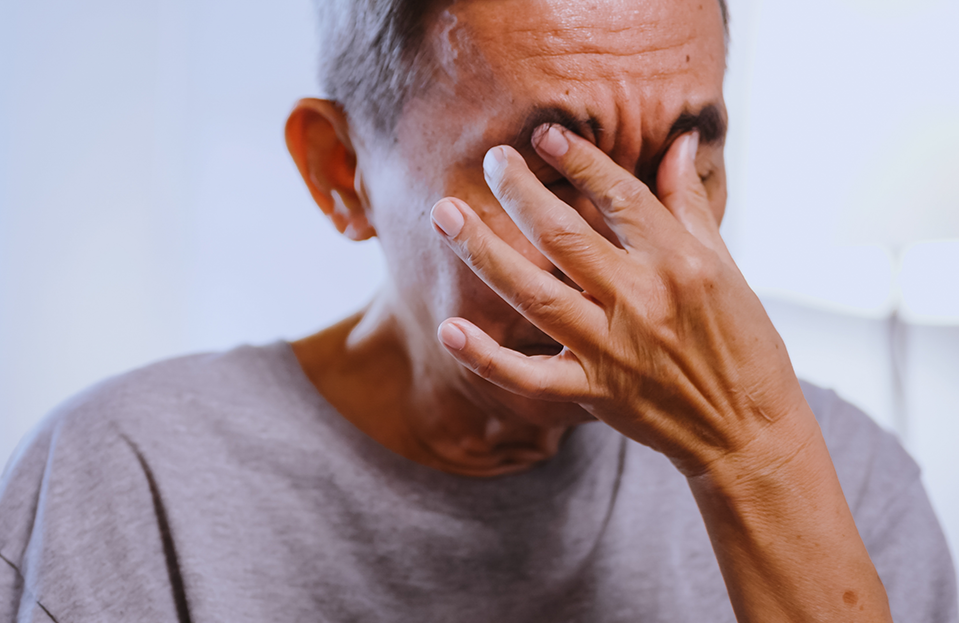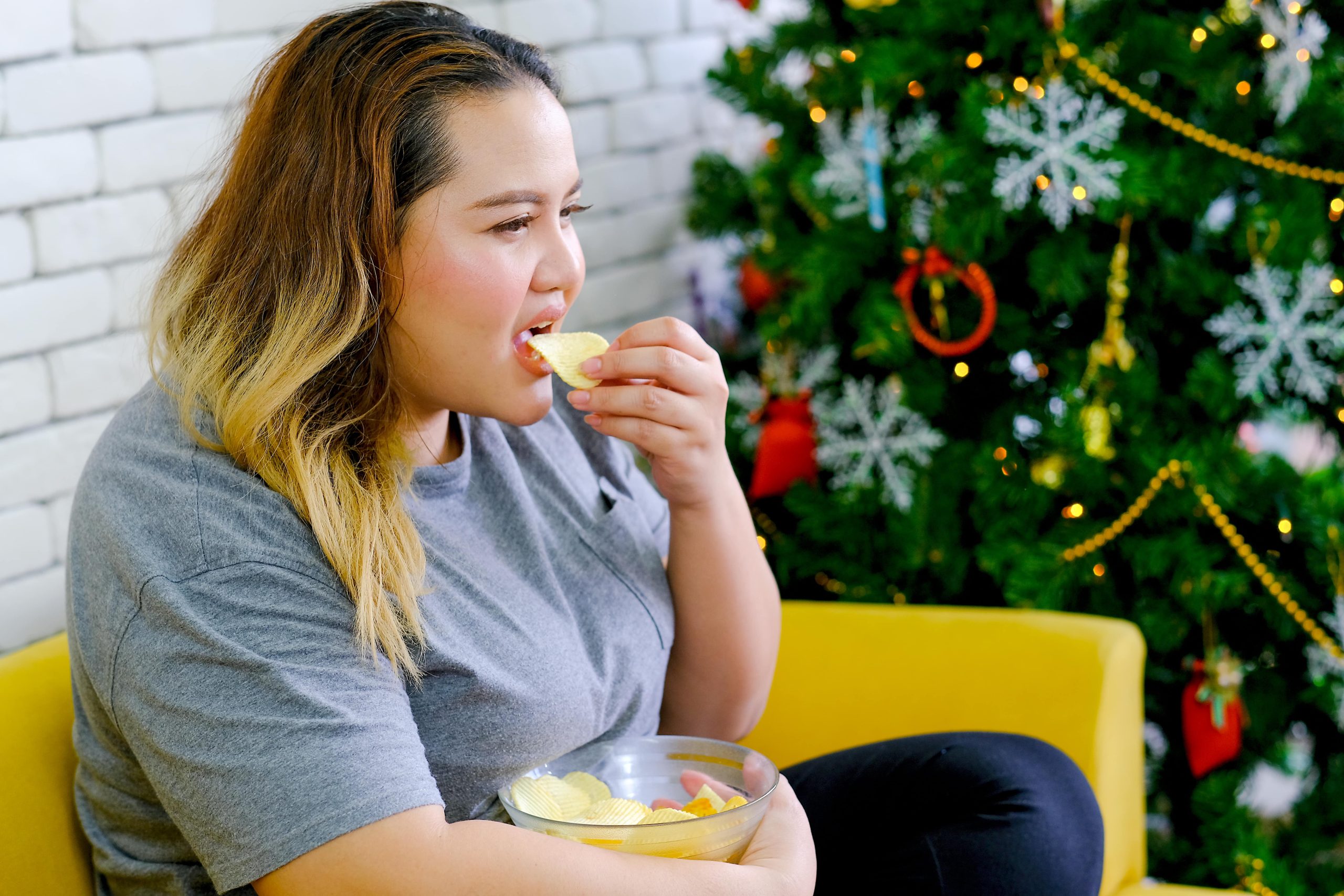“The Hidden Dangers of Varicose Veins: When Ornate Legs Are in Danger”
Discover the unexpected causes, symptoms, and latest varicose vein treatments that can affect your health.”
Varicose veins, also known as varices, are a common problem that not only poses aesthetic concerns but can also have medical implications. These swollen, twisted veins often originate in the legs and can range from mild cosmetic discomfort to a serious condition associated with pain and discomfort. While most people think that varicose veins are only a matter of age or genetic predisposition, factors such as lifestyle, pregnancy, and sedentary behavior also play a crucial role in their development. In this text, we’ll dive deeper into the causes, symptoms, and treatment options of varicose veins, as well as explore how to prevent and manage them so that you can continue your daily life with confidence.
What are varicose veins?
Varicose veins are enlarged, acquired veins that are usually located in the legs and feet. They occur when the valves in the veins do not function properly, leading to a buildup of blood in the veins. This can lead to a visible expansion of the veins, giving them a bluish or purple color. Varicose veins can range in size from small veins (telangiectasias) to large, lumpy veins.
Causes of varicose veins
The development of varicose veins is usually the result of a combination of factors:
Genetic predisposition: Varicose veins often run in families. If one or both parents have varicose veins, their children are more likely to develop this problem as well.
Hormonal changes: Hormonal fluctuations, especially in women, can contribute to the development of varicose veins. This often happens during pregnancy, menstruation, or menopause. The increased estrogen levels can weaken the artery walls.
Lifestyle and diet: A sedentary lifestyle, obesity, and an unhealthy diet can contribute to the development of varicose veins. Standing or sitting for long periods of time can affect circulation and increase the risk of varicose veins.
Aging: As we age, the veins lose their elasticity and the valves can weaken, leading to varicose veins.
Occupation: Certain occupations that require prolonged standing or sitting, such as teachers, nurses, and cashiers, can increase the risk of varicose veins.
Symptoms of varicose veins
The symptoms of varicose veins can vary, but the most common include:
Visible veins: The most obvious indication of varicose veins is the visible, enlarged veins on the skin of the legs.
Pain and discomfort: Many people with varicose veins experience pain, burning, or heaviness in the legs, especially after standing or sitting for long periods of time.
Swelling: Varicose veins can lead to swelling in the legs, especially at the end of the day.
Scratches and sores: In some cases, varicose veins can lead to skin changes, such as scratches, sores, or pigmentation in the skin around the veins.
Cramps: Some people experience leg cramps, especially at night.
Risk factors
In addition to the previously mentioned causes, there are several risk factors that increase the risk of developing varicose veins:
Gender: Women are more likely to have varicose veins than men, mainly due to hormonal influences.
Pregnancy: During pregnancy, it is common for women to develop varicose veins due to hormonal changes and the pressure of the growing uterus on the veins.
Obesity: Being overweight increases the pressure on the veins in the legs, which can lead to varicose veins.
Family history: A family history of varicose veins increases the likelihood that a person will develop varicose veins themselves.
Age: The risk of varicose veins increases as we age.
Diagnosis of varicose veins
The diagnosis of varicose veins usually begins with a physical examination. A doctor will examine the patient’s legs for visible varicose veins and will ask about the symptoms and medical history. In some cases, additional tests, such as an ultrasound, may be required to assess blood flow in the veins and check for any complications.
Treatment options
There are several treatment options available for varicose veins, depending on the severity of the condition and the symptoms the patient is experiencing. Here are some common treatments:
Conservative treatments
Lifestyle changes: Weight loss, regular exercise, and wearing compression stockings can help alleviate symptoms and prevent further deterioration of varicose veins.
Head elevation: Regularly elevating the legs can help to improve blood circulation and reduce swelling.
Medication
There are no specific medications that can cure varicose veins, but some pain relievers and anti-inflammatories can help relieve symptoms such as pain and swelling.
Medical procedures
If varicose veins are severe or if symptoms persist, medical procedures may be necessary. Some options include:
Sclerotherapy: In this procedure, a solution is injected into the varicose vein, causing the vein to close and disappear over time.
Laser therapy: In this treatment, a laser is used to close the varicose vein and make it disappear.
Endovenous laser treatment (EVLT): This is a minimally invasive technique that involves inserting a catheter into the varicose vein and using laser energy to close the vein.
Vein removal (stripping): In severe cases, surgery may be required to remove the varicose vein.
Natural remedies
Although scientific research on natural remedies for varicose veins is limited, there are some popular options that people use, such as:
Horse chestnut: This herb could improve blood circulation and relieve the symptoms of varicose veins.
Chicory root: This herb is sometimes used to support circulation and can be taken as a supplement.
Hyaluronic acid: Some people believe that hyaluronic acid can help improve skin elasticity and reduce the appearance of varicose veins.
Prevention of varicose veins
While not all varicose veins are preventable, there are several steps people can take to reduce their risk:
Regular exercise, such as walking, cycling, or swimming, can improve circulation and reduce the likelihood of varicose veins.
Manage your weight: A healthy weight helps reduce pressure on the veins.
Avoid standing or sitting for long periods of time: Try to change positions regularly, and if you have to sit a lot, maintain good posture and move your legs regularly.
Wear appropriate shoes: Avoid high heels and choose comfortable, supportive shoes.
Use compression stockings: These can help improve circulation and relieve symptoms.
Conclusion
Varicose veins are a common problem that can have both aesthetic and medical implications. While they are often considered a cosmetic problem, they can also lead to discomfort and other health problems. It is important to understand the causes and risk factors of varicose veins, as well as the treatment options available. Maintaining a healthy lifestyle and taking any symptoms seriously can reduce the chances of developing varicose veins. If you suspect you have varicose veins or if you are experiencing symptoms, it is recommended to consult with a healthcare professional for proper diagnosis and treatment.



